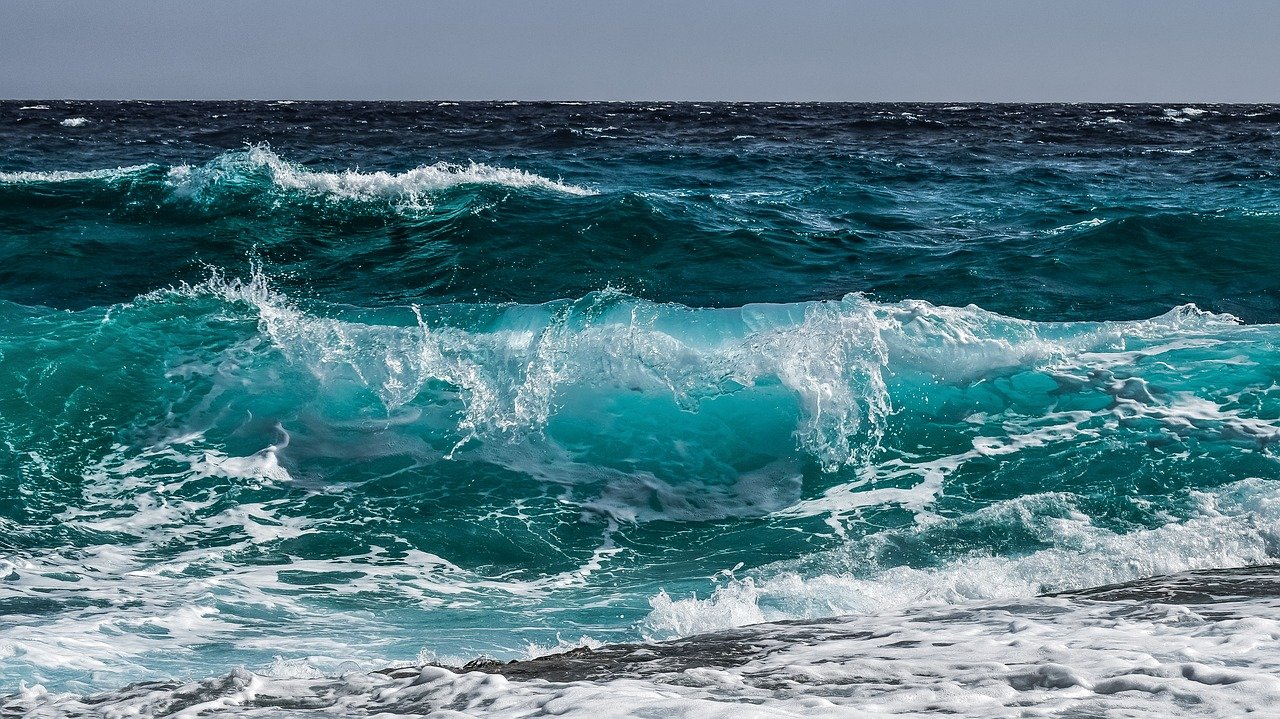
Marine experts from UN Environment Programme World Conservation Monitoring Centre (UNEP-WCMC) worked on a project funded by Arcadia Fund focussed on large, seascape-scale restoration projects globally, recognising the importance of integrated approaches to use and conservation of coastal and marine socio-ecological systems.
The researchers found that EUR3.35 billion has been invested in seascape restoration from 2015, across 237 projects. Coral reefs were the most frequent habitat targeted for restoration, followed by mangroves and seagrass beds. However, mangroves received the greatest proportion of the funding. The highest number of projects were found in Western Europe, however, the Asia-Pacific region received the largest amount of funding.
The results presented in the study contributes to a rapidly growing knowledge base as part of the UN Decade on Ecosystem Restoration and can help support evidence-based decision making in relation to restoration targets, such as the ambition in the recently agreed Global Biodiversity Framework and related package of decisions to have restoration completed or underway on at least 30 per cent of coastal and marine ecosystems by 2030. Key insights from the research include:
- There is steady growth in the number of large-scale coastal and marine restoration projects around the globe, with an increase in the number of projects from 75 in 2015 to 118 in 2022.
- The majority of projects had multiple goals (53 per cent), with biodiversity conservation being the most common (88 per cent of projects) and most funded, accounting for EUR3.1 billion of committed funds. This was followed by climate change adaptation (24 per cent of projects), while a smaller proportion explicitly mentioned climate change mitigation or research (17 per cent respectively).
- Active restoration, such as the planting of seedlings, was the most commonly reported method used to restore degraded and lost habitats. However, this pattern may reflect the fact that many area-based management tools – like marine protected and conserved areas and fisheries closures – are often not referred to as forms of “restoration” in academic literature.

The report authors found data gathering and sharing on marine and coastal habitat restoration can often be fragmented and incomplete, making it difficult to understand where restoration has worked and where the greatest potential is for strategic investment.
To meet restoration commitments, it will be essential to improve transparency around what actions are being undertaken, how, by whom and what is working well and what less so. The information collected in the study will support the development of evidence-based restoration planning and action to deliver impactful and equitable outcomes for people and nature.
Find more here, read the full report and explore the Global Marine Restoration Database.
